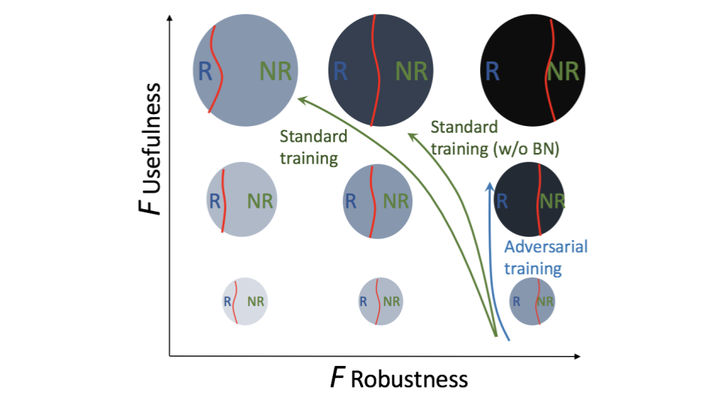Batch Normalization Increases Adversarial Vulnerability and Decreases Adversarial Transferability: A Non-Robust Feature Perspective

Abstract
Batch normalization (BN) has been widely used in modern deep neural networks (DNNs) due to improved convergence. BN is observed to increase the model accuracy while at the cost of adversarial robustness. There is an increasing interest in the ML community to understand the impact of BN on DNNs, especially related to the model robustness. This work attempts to understand the impact of BN on DNNs from a non-robust feature perspective. Straightforwardly, the improved accuracy can be attributed to the better utilization of useful features. It remains unclear whether BN mainly favors learning robust features (RFs) or non-robust features (NRFs). Our work presents empirical evidence that supports that BN shifts a model towards being more dependent on NRFs. To facilitate the analysis of such a feature robustness shift, we propose a framework for disentangling robust usefulness into robustness and usefulness. Extensive analysis under the proposed framework yields valuable insight on the DNN behavior regarding robustness, e.g. DNNs first mainly learn RFs and then NRFs. The insight that RFs transfer better than NRFs, further inspires simple techniques to strengthen transfer-based black-box attacks.